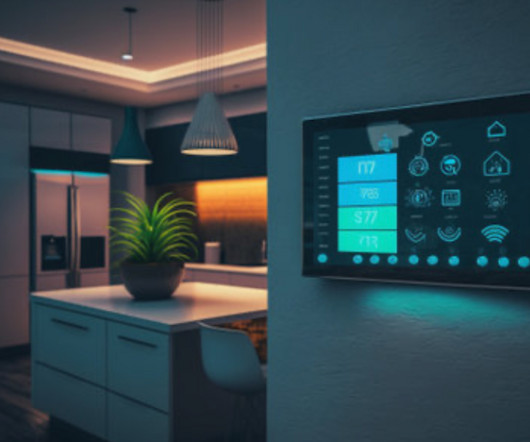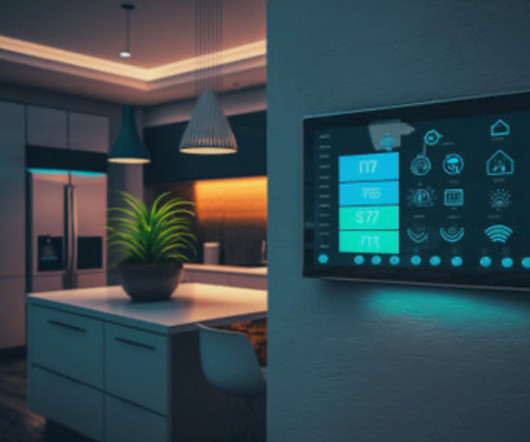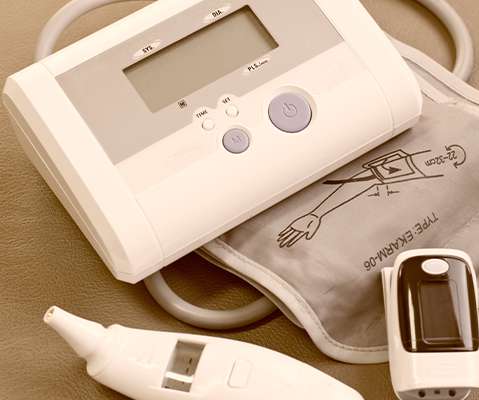Top 5 Examples Of Wearable Medical Devices
DrKumo Remote Patient Monitoring
NOVEMBER 13, 2022
Wearable medical devices have many potential applications in the healthcare industry. Wearable devices can improve patient care, track personal health data remotely, and even prevent patient deterioration or health problems before they occur. Top 5 Examples Of Wearable Technology In Healthcare.





















Let's personalize your content